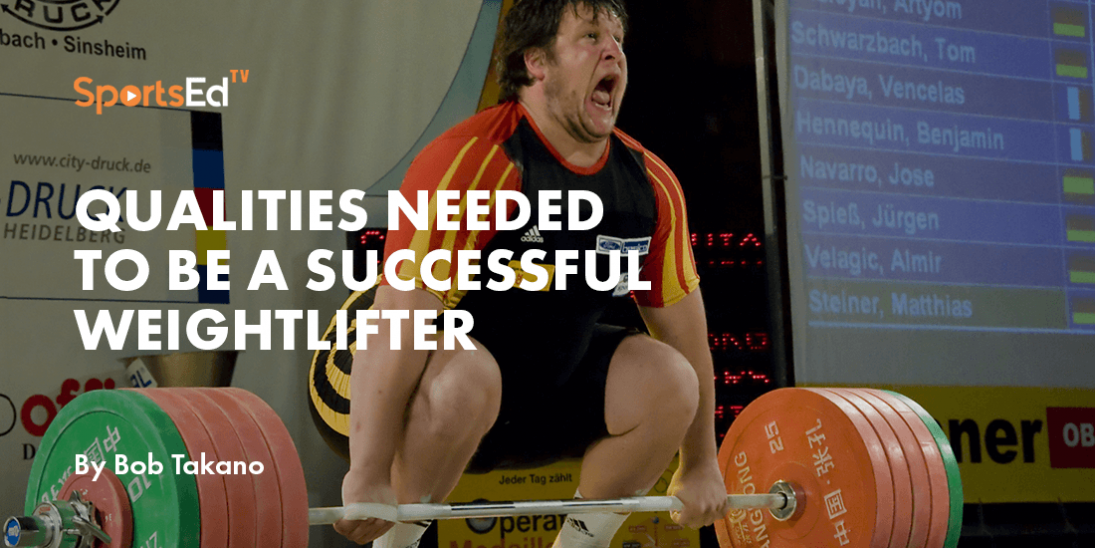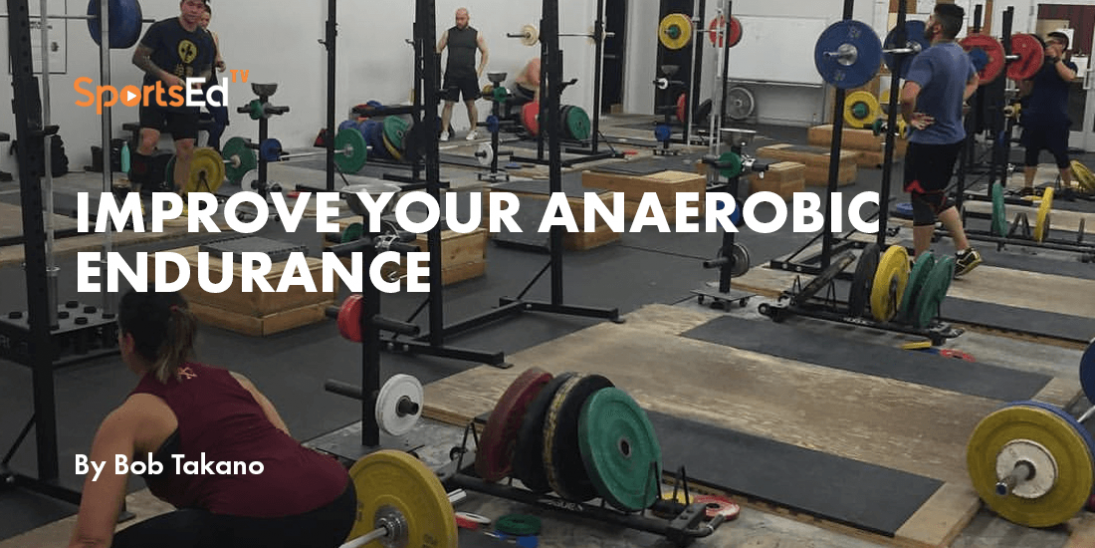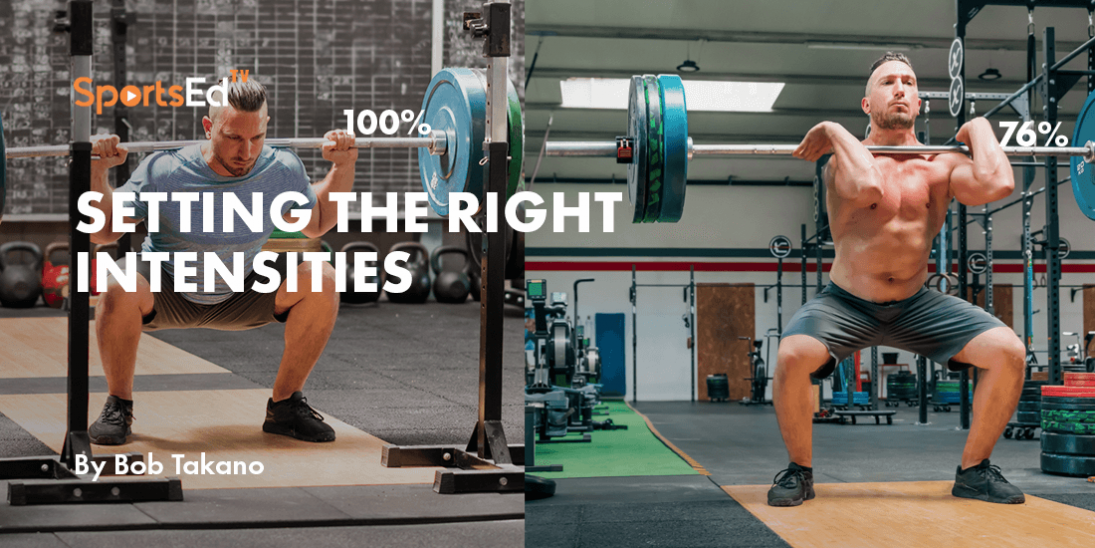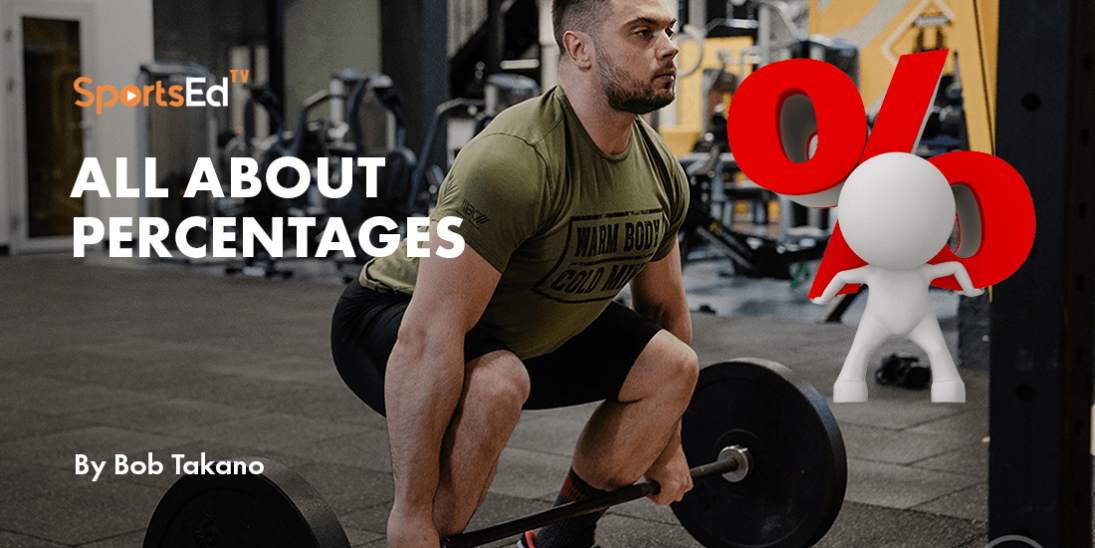Weightlifting
Welcome and thanks for visiting...

The Role of the Arms in the Pull: A Comprehensive Guide
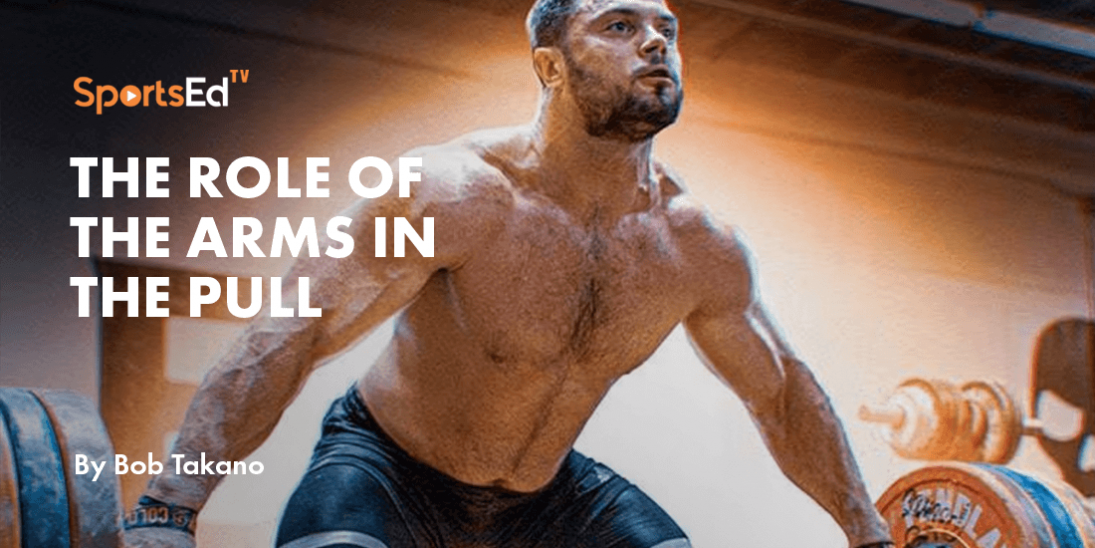
For decades and ever since I’ve been involved with our sport, coaches have discouraged premature arm pull in performing snatches and cleans. Since new athletes and new coaches are consistently entering the sport, reviewing this issue might be of value.
Why Avoid Premature Arm Pull
Premature arm pull has been taking place for decades, especially by the untrained. There are good reasons to avoid it, however.
The Drawbacks of Premature Arm Pull
- The elbow flexors are relatively small and cannot generate the optimal power when considering the weights of competition snatches and cleans. Most arm pullers attempt to use the arms to generate power when the bar is moving relatively slowly. The larger hip and knee extension muscles are more effective at generating power.
- Premature elbow flexion invariably causes a pre-mature partial contraction of the trapezius. Muscles can generate the most force from a full relaxation rather than from a partial contraction.
- Many premature arm pullers can find their bodies mispositioned to achieve the power position. This will inhibit the body’s ability to generate maximum power through hip and knee extension and plantar flexion.
Proper Arm Pull Technique
The proper inclusion of the arms in the pulling mechanics can enable the following:
- Greater power as the arms are not mispositioning the body to minimize the efficiency of the leg and hip extensions.
- When involved in the proper sequence, the arms will cause the barbell trajectory to be more vertical.
- Elbow flexion and shoulder shrug can assist in generating more speed for the barbell.
Suggested Remedies for Improving Arm Pull
Longtime NYC coach Morris Weissbrot suggested keeping the arms loose “like roses” long ago. I still hear some coaches advocating this remedy. I find this difficult to implement, especially if the grip is fatigued.
I’ve found success by coaching athletes to forcibly contract the triceps during the first and the initial phase of the second pull. Athletes who are contracting muscles are more aware of the kinesthetics.
Contracting the latissimus dorsi muscles also helps to keep the bar from swinging away from the body. This abduction, combined with internal shoulder rotation, also helps to inhibit premature arm flexion.
The Third Pull: Myth or Reality?
A couple of decades ago, the third pull was proposed as an alternative to premature arm pull, suggesting that the arms can be used to pull the body under the bar. I think this is speculative at best.
Read the blog about the triple extension.
The Role of the Arms Beyond the Pull
During the performance of the snatch after the pull, the arms should be used to push the lifter down under the bar as quickly as possible. During the clean, the elbows should flex quickly and move forward while the grip is relaxed to form the rack at the shoulder.
Two Approaches To Keep The Elbows Turned Out
I believe we can all agree that keeping the elbows turned to the side (East and West) is the most important factor in ensuring that the bar pathway is fairly vertical and close to the torso during the most critical portion of the pull.
The first approach is to attempt to flex the wrist. Because of the amount of weight involved in snatching and cleaning, actually flexing the wrist is not possible, but by attempting to do so, the elbows will be turned to the sides.
The second approach is to forcibly rotate the humerus internally. This will further turn the elbows to the side. This rotation will involve the pectoralis major which is a muscle that is not often considered in the execution of the snatch or clean pull.
The employment of both or either of these two approaches may not be necessary for many athletes. For many raw beginners, however, who’ve never experienced the proper feeling of the arms as they perform the pulls, these can be helpful to teach the proper “feeling.”
I might add, at this point, not to fix things that are not in need of fixing. Some very good athletes can simply watch a properly executed lift and faithfully mimic it. Coaches should learn the cookbookery involved in teaching techniques and then decide which parts of it are necessary to achieve the best outcome.
Mastering Weightlifting Techniques
Knowing what happens during the sequence of events that comprise a proper snatch or clean is essential to understanding how to move the body to perform these movements with the greatest efficiency.
If you're in need of a plan for learning weightlifting techniques or training programs for Beginners, Intermediates, and Advanced, you can sign up for a free 14-day trial of my latest membership site, Takano BarTech, at https://takanoweightliftingcoaching.net/vsl-order-form3qnol597





